NVIDIA Hybrid SLI and HybridPower Benchmarked and Explained
Crysis, S.T.A.L.K.E.R. & World in Conflict
Crysis v1.21
Crysis is a science fiction first-person shooter computer game that was developed by Crytek and published by Electronic Arts. It was released on November 15, 2007 in the United States. The game is based off the CryENGINE2 game engine, which is an extended version of CryENGINE, the game engine behind the hit game Far Cry a number of years ago.
We used FRAPS to benchmark this multi-threaded DirectX 10 game title with patch v1.21 at 1024×768 with low quality settings.
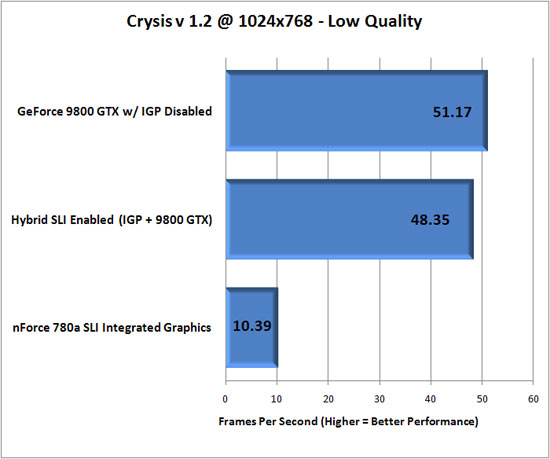
S.T.A.L.K.E.R. v1.0005
S.T.A.L.K.E.R.: Shadow of Chernobyl
S.T.A.L.K.E.R.: Shadow of Chernobyl uses the ‘X-ray Engine’ to power the graphics. It is a DirectX 8/9 Shader Model 3.0 graphics engine. Up to a million polygons can be onscreen at any one time, which makes it one of the more impressive engines on the market today. The engine features HDR rendering, parallax and normal mapping, soft shadows, widescreen support, weather effects and day/night cycles. As with other engines that utilize deferred shading (such as Unreal Engine 3 and CryENGINE2), the X-ray Engine does not support anti-aliasing with dynamic lighting enabled. However, a “fake” form of anti-aliasing can be enabled with the static lighting option; this format utilizes a technique to blur the image to give the false impression of anti-aliasing. The game takes place in a thirty square kilometer area, and both the outside and inside of this area is rendered to the same amount of detail.
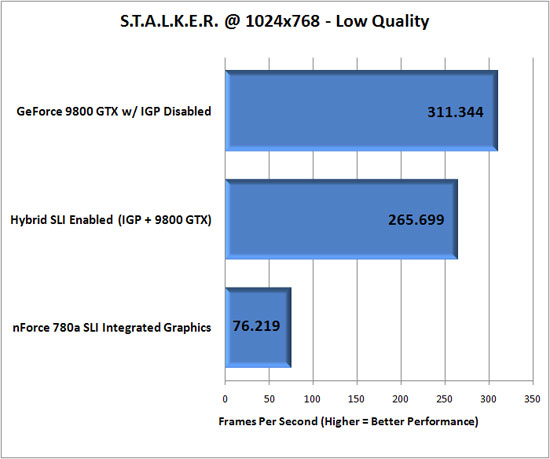
World in Conflict v1.007
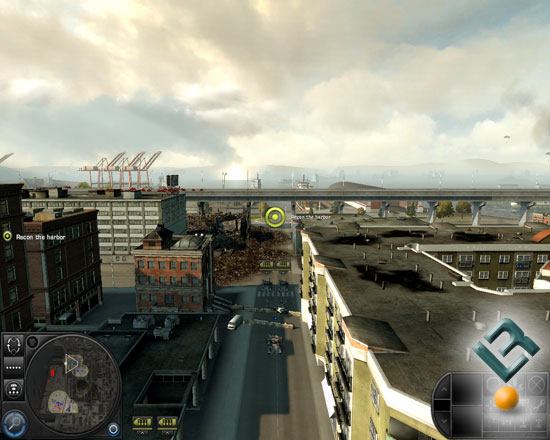
World in Conflict (also known as WiC or WIC) is a real-time tactical video game developed by Massive Entertainment and published by Sierra Entertainment for Windows and the Xbox 360. The game was released in North America on 18 September 2007 and was included in our testing as it is a recent DirectX 10 game title. It also has a threaded engine for multi-core processor support, which is ideal for this testing. The plot in World in Conflict is to defend their country, their hometown, and their families in the face of Soviet-led World War III, delivering an epic struggle of courage and retribution. You are a field commander leading the era’s most powerful military machines in the heroic effort to turn back the invasionone city and suburb at a time. Let’s get on to the benchmarking! WIC was tested using the most recent patch available, which is patch number 007.
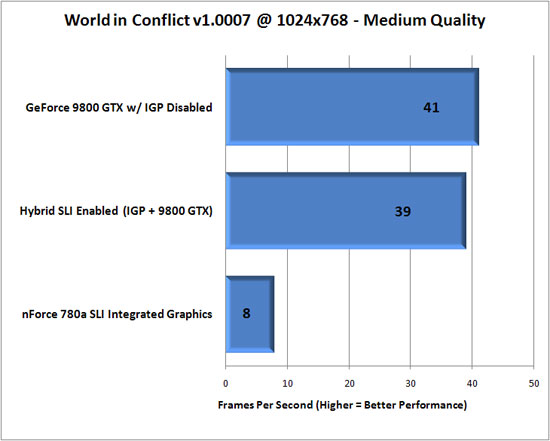
Benchmark Results: When it comes to gaming performance Hybrid SLI seemed to work great in performance mode and turned in solid performance numbers. When we disabled the integrated graphics in the BIOS and ran the graphics from the video card we did see the performance drop that NVIDIA said that we would see. Some performance is certainly lost during the transfer of frame rendered data to the frame buffer on the motherboard GPU. The 17% performance hit seen in S.T.A.L.K.E.R. was the largest of the bunch as Crysis and World in Conflict saw frame rate decreases of 5.5% and 4.8%, respectively.
Update on 5-7-2008 at 4PM CST: Legit Reviews was contacted by NVIDIA and asked to test S.T.A.L.K.E.R. at a higher resolution. NVIDIA thought that as the resolution increases, the performance difference between dGPU and mGPU in STALKER should reduce dramatically.
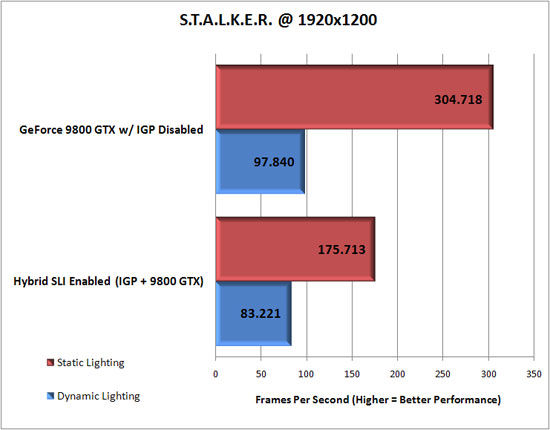
When we increased the resolution to 1920×1200 (the highest supported by Hybrid SLI) performance took a ~42% nose dive with Static Lighting enabled. Just for fun we increased the graphics quality and changed over to Dynamic Lighting where the system took only a 14% performance hit. After playing around with the system for a couple hours it was determined that it could be a driver issue. NVIDIA has been contacted about this and has opened a bug ticket to take a closer look.
On another note a few readers have asked what would increasing the frame buffer from 256MB to 512MB do in terms of performance since the GeForce 9800 GTX has 512MB of memory on-board.
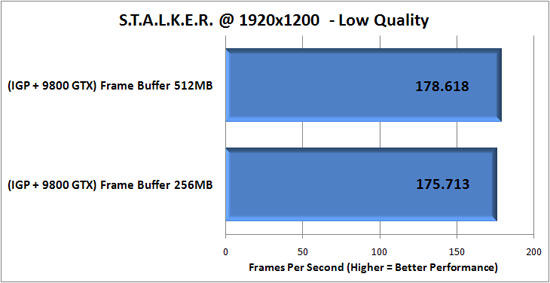
It seems that 256MB is the sweet spot, but for the boards that have a 512MB fame buffer option it should help performance slightly. We saw a 1.7% performance improvement by doubling the frame buffer. On systems containing 2GB or less this might be better used for system memory rather than frame buffer.

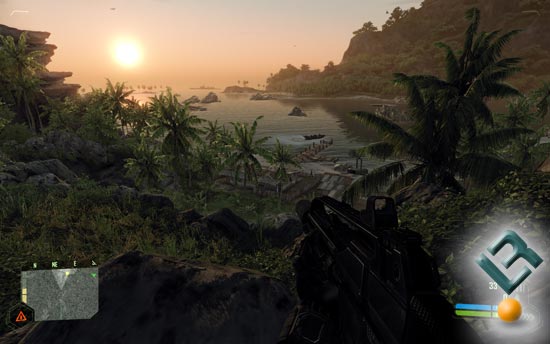
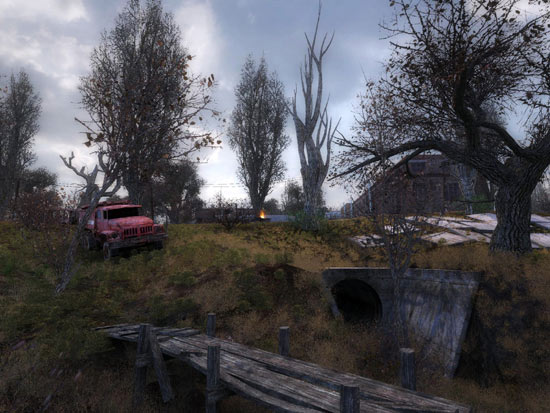
Comments are closed.